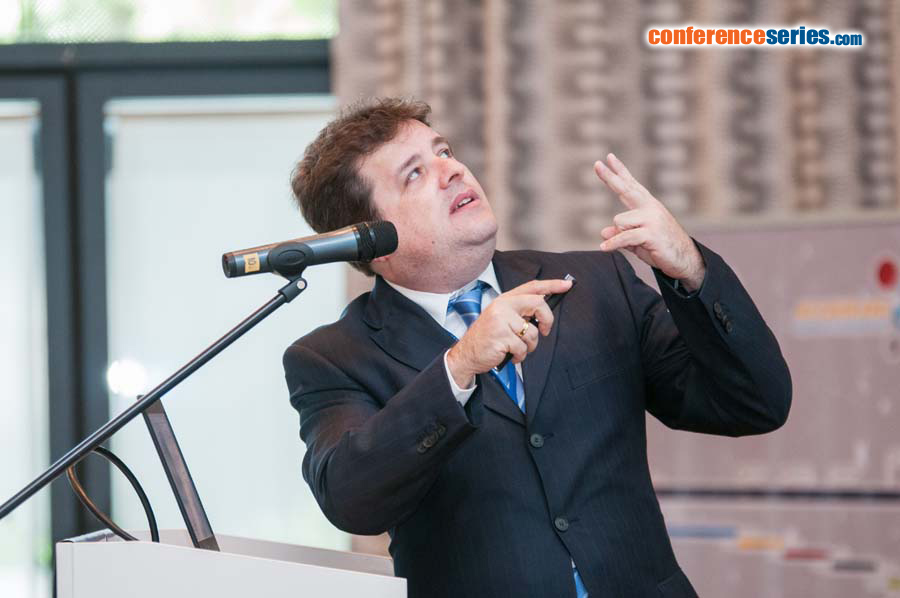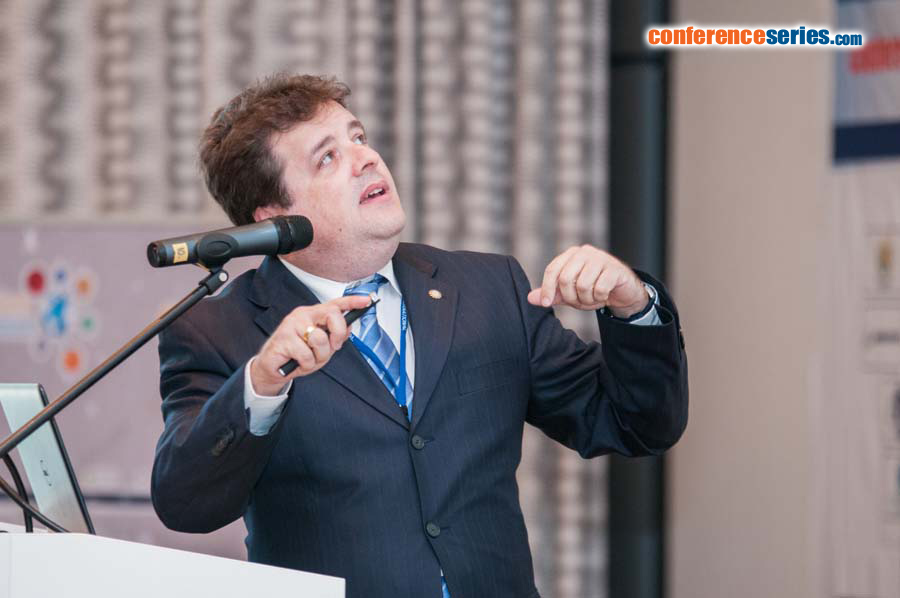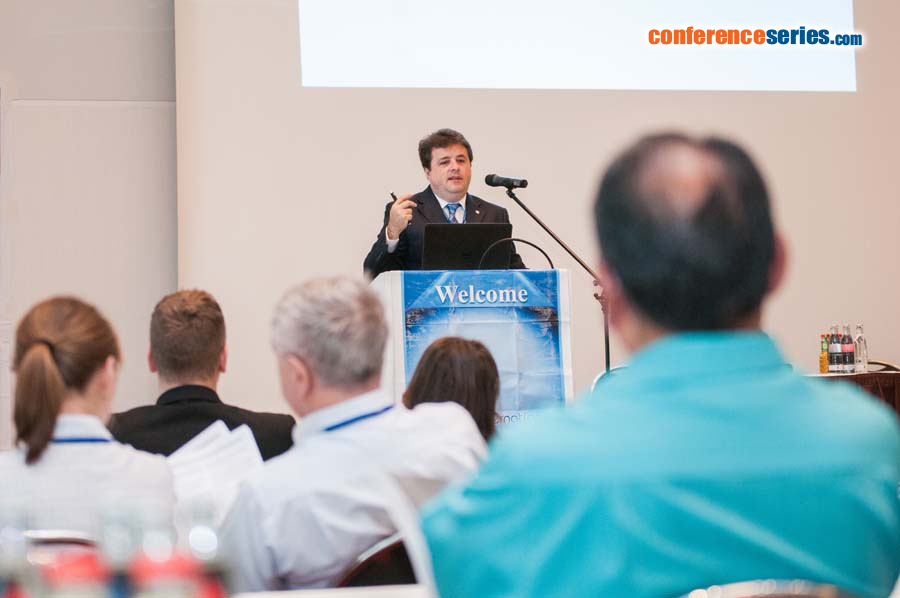
Luiz Sampaio Athayde Junior
Federal University from Bahia
Brazil
Title: The theory of solar zenith – Proposed new rules for the seasons of year in intertropical locations focusing Salvador Bahia
Biography
Biography: Luiz Sampaio Athayde Junior
Abstract
The seasons occur across the planet because of the inclination of its longitudinal imaginary axis. The translation of the earth shows the four different astronomical positions, which help to define the four seasons, lasting ~ 90 days each. They are set also by weather patterns and the incidence of the sun throughout the year in the tropical zone, it makes the differences become more subtle, damaging its conceptualization in the region. Their differences are more bounded outside the tropics, in the dominant countries, which have created these rules and imposed through literature for northern colonized countries such as ours. The sun towards on Salvador ~ 27/10, far before the official summer, therefore, the city receives its rays back the pin, ~ 15/02, which would date the fall in the official rules. The summer of Salvador should be considered on September 12th, a date prior to the first solar zenith 45 days until April 1, 45 days after the second, because the heat comes before summer officially and lasts much longer, with high temperatures since before Spring official until after the fall, which would justify the modification. The differentiated system of direct sunlight, twice a year between the tropics, highlighting the need for different standards for stations in these localities are, however, it is taught the same rules of the temperate zone. Different companies need different types of education as long as it is taught by the master minds of education, knowledge acquisition is made by the subject's interaction with the environment, and knowledge is built with the approximation of reality by men, therefore, would be more correct to teach rules that are consistent with the observed reality in different localities, especially with the possibility of flowing information, update observation, and the presence of new technologies available for education.






